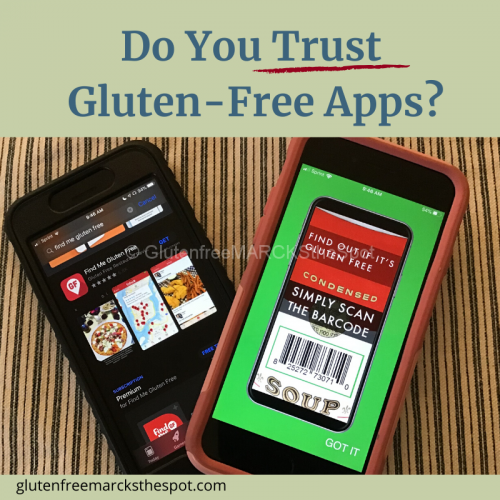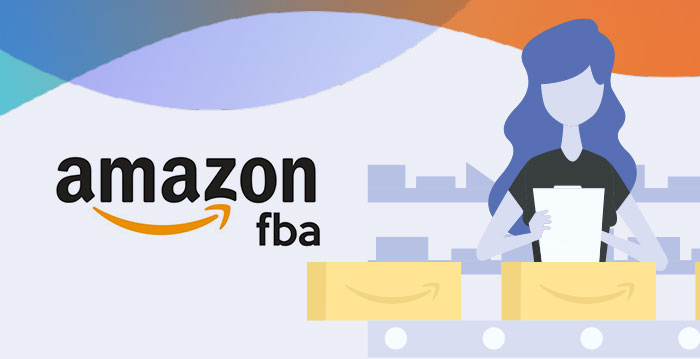
You might be looking for full service grocery stores in Santa Rosa, CA. You have many options. You also have the option to find certified organic markets or neighborhood markets. These are some tips for choosing the right store. To find out which grocery stores are available in Santa Rosa, first check the Santa Rosa map. Next, choose the one that offers the highest quality products and services. After you've found the grocery store, find its closest location.
a neighborhood market
The Miracle Plum is a neighborhood market and wine bar in the historic Railroad Square in Santa Rosa, California. It is located right in the middle of downtown Santa Rosa. For the latest information on local happenings, sign up to their newsletter. Here you will find information on the market as well as its newsletter. These are some tips that will help you get the most from your visit.
a certified organic market
Santa Rosa's certified organic market is the natural next step, as organic food demand has increased over the last few years. But there are problems with the organic marketplace. The state agriculture department has levied eleven fines against local farmers since 2002 when the organic program was launched. California Certified Organic Farmers required that organic produce farmers spend no more than three years without pesticides. This violation was one of eleven.
The Santa Rosa Original Certified Farmers Market was founded in 1967. It is the oldest operating organic market in California. Open Wednesdays through Saturdays, the market sells fresh produce, artisan butter, pasture-fed beef, free-range eggs, organic meat, and hearth breads. Some vendors offer massages and knife-sharpening services.

The Community Market will market organic products locally and offer low-income residents a means to purchase nutritious, healthy organic foods. It will make it possible for Sonoma County's low-income residents to earn a decent living by helping them work at an organic market. The Market will provide a model in sustainable business practices. It generates less waste that similar-sized companies. It will be a portal for new businesses and organizations.
FAQ
Do you have any tips or tricks that can help me shop online for less?
Make a list. You can then go through the items on your list to determine which one you would prefer to purchase at a cheaper price. Once you have made a decision, compare prices from different websites. Find the lowest price possible for each product.
How can I get the most value for my money when buying clothes online?
Online shopping for clothes can be made easier by doing several things. First, you should take advantage of free shipping promotions offered by some retailers. These promotions often include free shipping within Australia.
Second, you should check out the return policy of the website you plan to buy from before making a purchase. Some websites allow you back items within 30 days of receipt, while others offer refunds only if the items are returned within 14 days.
The third step is to read customer reviews about the retailer that you are interested in purchasing from. You will be able determine whether the retailer is trustworthy and reliable.
Fourth, compare prices between different retailers. There are plenty of comparison websites available where you can view prices from various retailers side-by-side.
Last but not least, remember that coupons and sales may be available for certain brands of clothing. You can check the site often for new offers.
Why I shouldn't believe the sale hype in stores and online shops?
Sometimes, sites will overstate the starting price of an object to make you appear to be saving more. Simply add the item that interests you to your cart and make sure it does not get lost. After you have done this, Google the name of the designer as well the type product you are looking for. You may find that the amazing deal you thought you were getting isn't actually so great after all. You might even be able to find the exact same item at a lower price.
Should I be concerned about my privacy while shopping online?
It is crucial for consumers to understand what information they give out when they use online services like Amazon.com. It is important for consumers to ask themselves whether they are willing to share their personal information with companies like Amazon. If you do not want to give out this type of information, you may have to limit your shopping on sites where you feel comfortable sharing your private data.
Statistics
- An approximately 90% increase in price affords Hotel X the opportunity of extreme profits under severe circumstances. (dos.ny.gov)
- A report from the U.S. Census Bureau found that in the first quarter of 2022, an estimated $250 billion was spent on retail e-commerce sales.1 (thebalance.com)
- Your Online Purchases 79% of Americans purchased goods and services online in 2018, which is expected to exceed 90% in 2023. (meetfabric.com)
- The tax is automatically added once you click the checkout button, so factor in an additional 20% when looking at the product page. (makeuseof.com)
External Links
How To
How to shop safely online
Online shopping can be one of the most convenient and cost-effective ways to purchase goods or services. This convenience comes at a cost. There are benefits, but also dangers to shopping online. Identity theft is the most serious risk. Identity theft is the greatest threat. Identity thieves steal your personal information (names, addresses and credit card numbers) in order to either steal money from you, or take out fraudulent loan against your name. They will then sell your stolen information to the black market. These are some tips that will help you stay safe when doing business online.
-
Use a secure website. SSL encryption is offered free of charge by many online stores to protect customers’ information. Any information entered on the site, including names and addresses, phone numbers, credit card details, and so forth, is encrypted. It prevents others from viewing what you put in. When you are choosing an online store to do business, make sure they have a valid certificate from a recognized CA. Look for the green padlock icon next to the URL bar when browsing.
-
Don't give away your password. When you first sign up for a new account, you usually receive an email asking you to confirm your email address and/or username. These credentials must not be shared with third parties. Don't keep them in your wallet. They could also be used to access your accounts if you lose your wallet. Save them on your computer instead. It is also recommended that you change your passwords at least once every three months.
-
Keep track of all your orders. You should keep track of all the places you send items, whether you are sending them to yourself or others. Many people fall prey to fraud by believing that they sent something to themselves but it was actually sent to someone else. Before paying for shipping, make sure you verify the tracking number. Always get proof of delivery before you ship anything. If you're unhappy with the service received, please contact the company immediately.
-
Be aware of who you are dealing with. Many websites ask you for sensitive information, including your full name, date and birth, Social Insurance Number, bank routing number, and social insurance number. These details help them identify you, so be careful about giving them out. Google "what does the website need" if you aren't sure if it needs these details. and you'll find plenty of answers.
-
Beware of pop-up windows Many sites bombard you with pop-ups advertising deals, special offers, and other products. Some of these ads may seem legitimate, but others are designed to trick you into revealing private information. For example, an anti-virus program may ask for your credit card number, bank information, and social insurance numbers. To avoid being tricked, never click on links that appear suspicious.
-
Phishing scams can be dangerous. Phishing scams involve hackers posing as reputable companies to trick consumers into handing over their financial information. Phishers will often send emails that appear to come from banks and retailers encouraging customers to log into their accounts and update any information. Once you've given away your information, the hacker has control over your finances. Hackers can even empty out your bank accounts or transfer funds between different accounts. Many resources are available on spotting a phishing scam, including How to Spot a Fake Email Scam.
-
Do your homework. Be sure to read the fine print before you sign anything. It is important that you understand and agree to the terms and conditions of any contract. Make sure to read all information and understand exactly what you're agreeing. Avoiding hidden fees and charges is key to saving money.
-
Always shop around. You shouldn't be afraid of shopping around. Compare prices on different websites until finding the lowest price. Compare shipping costs for multiple items. Shipping rates vary greatly depending on which website you use. It is worth paying extra for faster shipping.